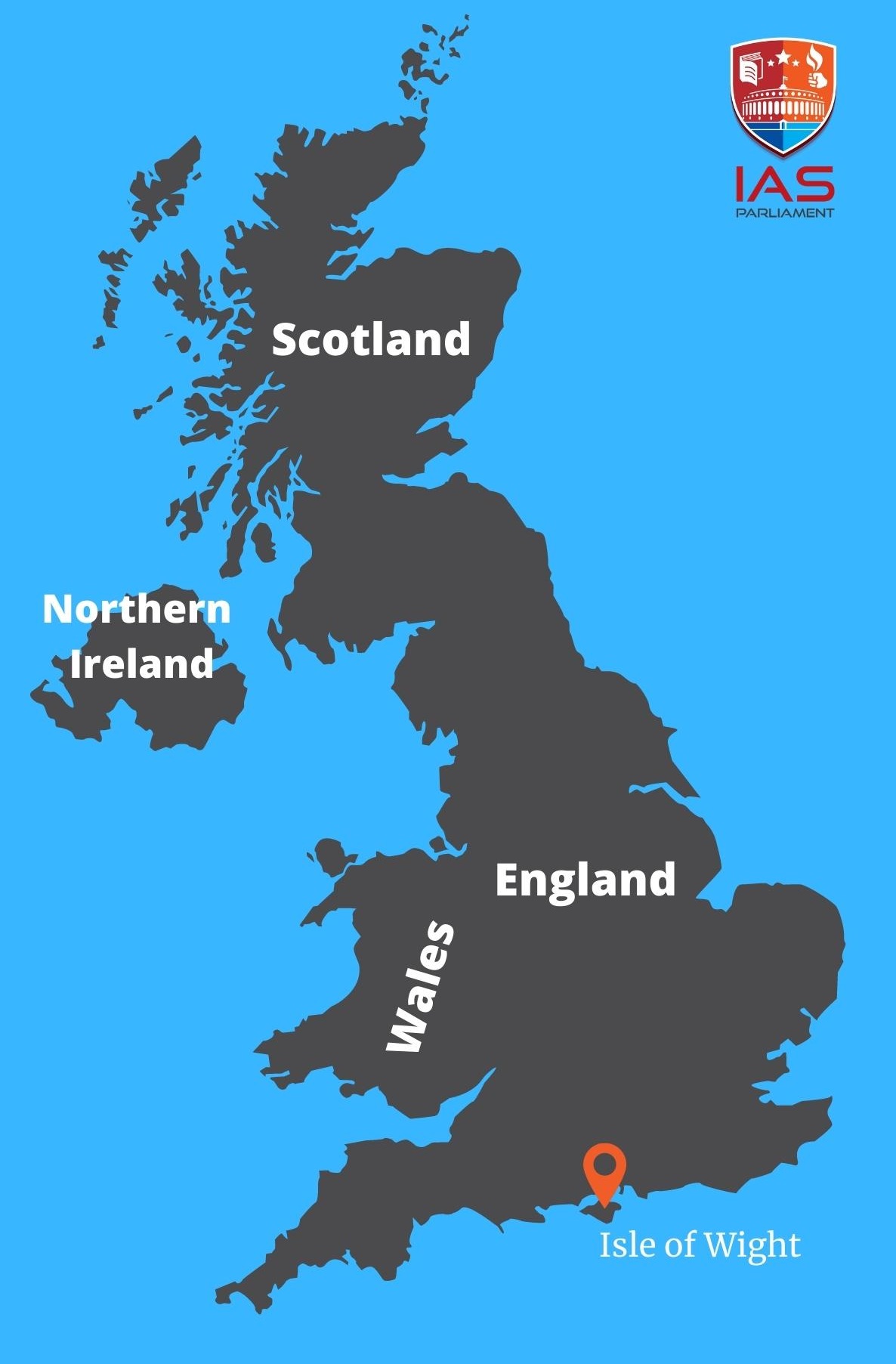A recent genome sequencing study showed that the effectiveness of antibiotics for typhoid fever is threatened by the emergence of resistant strains of the bacteria Salmonella Typhi.
Typhoid fever causes 11 million infections and more than 100,000 deaths per year. South Asia accounts for 70% of the global disease burden.
Reference
Palaeontologists have found the skeletal remains of the Europe's largest meat-eating dinosaur on Isle of Wight.
This dinosaur belonged to the spinosaur group of dinosaurs. It is considered the longest-known dinosaur predator. It lived during the Cretaceous Period.

Reference
Scientists have found microplastics in freshly fallen snow in the Ross Island region of the Antarctica for the first time. The microplastics in ice have the potential to influence the climate by accelerating melting of ice.
Microplastics have been found in other remote areas of the Earth, including the top of Mount Everest and deep in the Mariana Trench. Earlier in 2022, researchers found evidence of the microplastics in human blood.
Reference
The benchmark stock indices (S&P BSE Sensex and NSE Nifty-50 index) rose almost 2% spurred by sliding commodity prices and the absence of fresh selling triggers in the domestic and global economy.
Reference
The Election Commission of India (ECI) has deleted 111 Registered Unrecognised Political Parties (RUPPs) from the register and their benefits under the Symbols Order (1968) were withdrawn.
The ECI specifies certain symbols as ‘reserved symbols’ which are meant for the candidates set up by the recognised parties and others as ‘free symbols’ which are meant for other candidates.
Reference